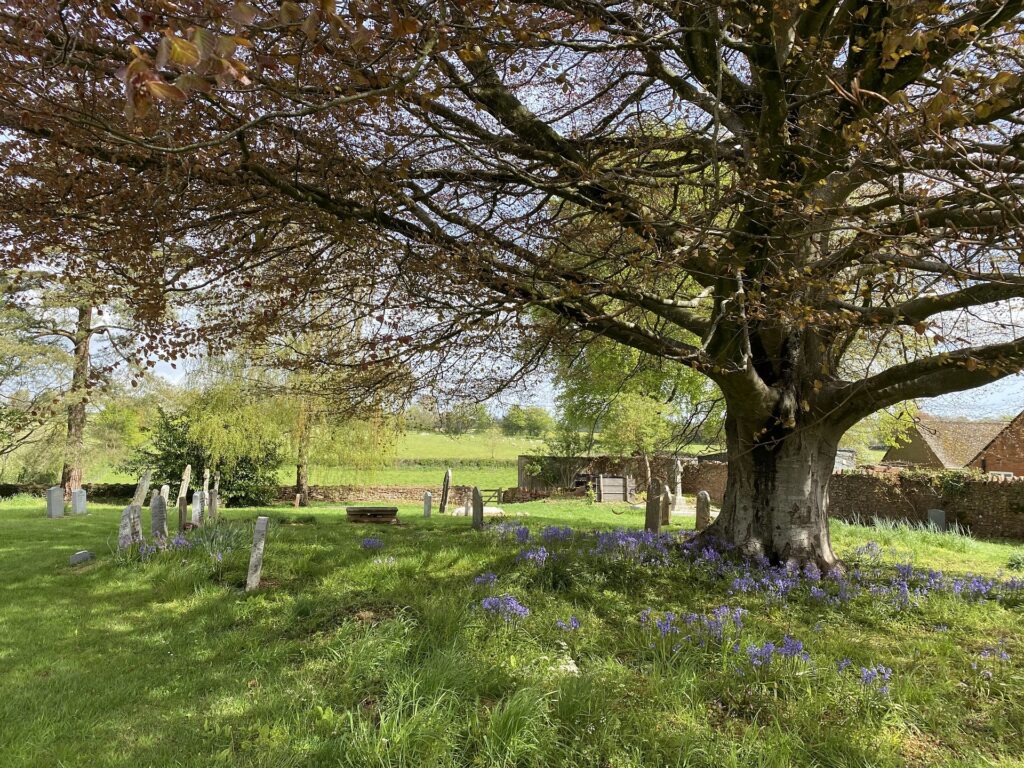Analyze the emotional tone of “Elegy Written in a Country Churchyard.” . How does Gray evoke a sense of melancholy, nostalgia, and reflection? Consider the use of imagery, diction, and overall mood.

The Emotional Tone of Elegy Written in a Country Churchyard
Thomas Gray‘s “Elegy Written in a Country Churchyard” is renowned for its evocative emotional tone, which encompasses melancholy, nostalgia, and reflection. Through his skillful use of imagery, carefully chosen diction, and the creation of an overall contemplative mood, Gray effectively captures the essence of these emotions, allowing readers to deeply engage with the poem’s themes of mortality, the passage of time, and the transient nature of human existence.
One of the primary emotions evoked in the poem is melancholy. Gray sets the tone right from the opening lines, describing the “curfew tolls the knell of parting day” (line 1). The imagery of the tolling bell creates a somber atmosphere, symbolizing the end of life’s journey and foreshadowing the theme of death that permeates the entire poem. The diction used throughout the poem contributes to the melancholic tone, with words such as “solemn,” “mute,” “lowly,” and “narrow bed” painting a picture of quiet sorrow and introspection. Gray employs vivid sensory imagery, describing the “drowsy tinklings” of the sheep and the “beetle’s drowsy hum“, further enhancing the atmosphere of melancholy.
Nostalgia is another prevalent emotion in the poem, as Gray reflects on the lives and stories of the humble individuals buried in the churchyard. He employs vivid descriptions to evoke a sense of longing for the past and a desire to connect with the forgotten lives of the common people. Gray’s use of imagery paints a vivid picture of the pastoral landscape, with “yonder nodding beech”, the “ivy-mantled tower” and the “fringed gentian” creating a sense of timelessness and a yearning for a simpler, bygone era. The nostalgic tone is further enhanced by the use of elegiac language and elegiac conventions, reflecting a longing for a lost world and the passing of an idyllic rural way of life.
Reflection is an integral part of the emotional tone of the poem, as Gray contemplates existential questions and the human condition. The poem encourages readers to reflect on their own lives, their mortality, and the legacy they will leave behind. Gray’s diction and choice of words contribute to this reflective tone. He uses phrases such as “far from the madding crowd“, “paths of glory“, and “short and simple annals” to highlight the fleeting nature of human existence and the brevity of worldly achievements. The repetition of the word “mute” throughout the poem emphasizes the idea of silent reflection and contemplation.
Imagery plays a crucial role in evoking the emotional tone of the poem. Gray skillfully employs vivid and descriptive imagery to create a vivid and poignant atmosphere. For example, he describes the “hoary-headed swain“, the “ivy-crowned” and the “rude forefathers of the hamlet“, painting a vivid picture of the people buried in the churchyard. The use of sensory imagery, such as “twinkling stars”, “dewy eve“, and “busy hammers“, enhances the emotional impact of the poem and helps transport readers to the scene being described.
The carefully chosen diction contributes significantly to the emotional tone of the poem. Gray’s use of words such as “mute,” “far-off,” “village-hamp’d,” and “storied urn” creates a sense of solitude, distance, and reverence. The choice of words like “frail,” “homely,” and “ignoble” underscores the theme of the equality of all individuals in death and emphasizes the transient nature of worldly achievements. The diction reflects a deep understanding of the human condition and invites readers to ponder the ephemeral nature of life.
The overall mood of the poem is contemplative, inviting readers to reflect on life’s fleeting nature and the universal experience of mortality. Gray’s use of a consistent and measured iambic pentameter creates a rhythm that adds to the contemplative mood. The poem’s structure, consisting of quatrains with an ABAB rhyme scheme, provides a sense of order and balance, contributing to the overall meditative tone. The poem’s progression from a description of the natural surroundings to a reflection on the lives of the buried individuals further deepens the contemplative mood.
In conclusion, Thomas Gray’s “Elegy Written in a Country Churchyard” evokes a profound emotional tone of melancholy, nostalgia, and reflection. Through his skillful use of imagery, carefully chosen diction, and the creation of an overall contemplative mood, Gray captures the essence of these emotions, allowing readers to connect deeply with the poem’s themes of mortality, the passage of time, and the transient nature of human existence. The poem’s emotional resonance continues to captivate readers, reminding them of the universal experience of human frailty and the importance of reflection on life’s fleeting moments.
*****
Read More: Questions and Answers from Elegy Written in a Country Churchyard by Thomas Gray


